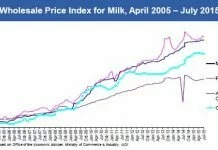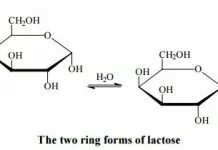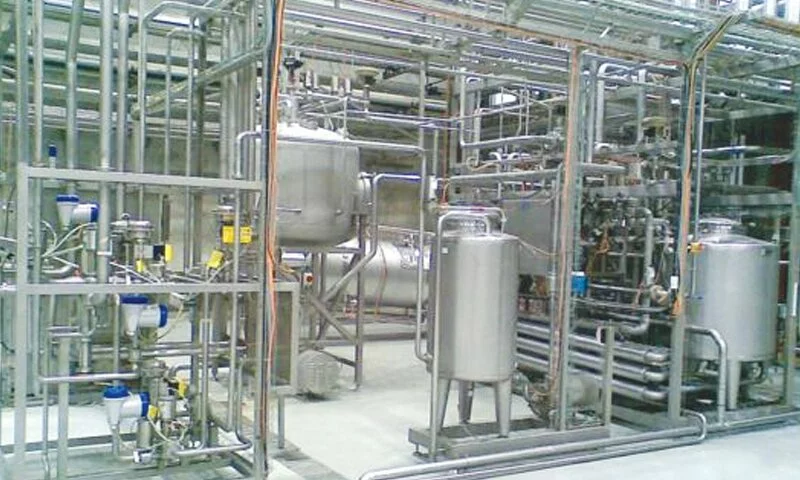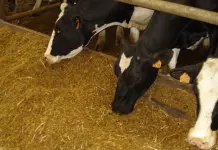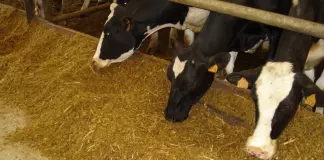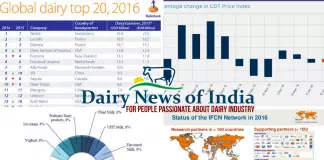Source: indiancooperative.com
How AMUL is different from other is clear from the fact that while milk producers the world over are plagued by dwindling returns, farmers connected to GCMMF-owner of Amul have seen growth in their income.
Talking to Indian Cooperative GCMMF MD R S Sodhi said “All over the world milk producers are crying for getting 30 to 50 % lower prices due to crash in the commodity market , whereas milk producers in Gujarat are rejoicing over mere 5-8% due to wise initiative taken 70 years back by not only producing milk but also owning processing and marketing of value added products only through cooperative institutions.”
Sodhi thanked cooperators of the past who together with 150 million Indian milk producers brought about this transformation in the Indian dairy sector.
f&nb.com quoted Sodhi “Gujarat’s dairy cooperatives have been a frontrunner in propagating the benefits of “Amul Pattern’ Dairy cooperatives in the state as well the entire country. The contribution of Gujarat dairy cooperatives in the Indian dairy sector is immense and it is quite evident if one looks at the origin and spread of ‘Amul Pattern,’ tremendous growth and development of the cooperatives under GCMMF.”
The GCMMF anticipates at least 20% CAGR growth in the next five years, implying its turnover would exceed Rs 50,000 crore by the year 2019-20. These plans entail GCMMF’ increasing procurement increase CAGR to at least 12% from 156.17 lakh litre per day in 2014-15 to 270 lakh litre per day in 2019-20, Sodhi added.
Some of the developments the GCMMF is banking on are largest milk powder plant with capacity of 120 MTs per day in Palanpur, new butter plant at Gandhinagar with capacity of 40 MTs per day, new dairy plants being built in Faridabad, Kanpur, Lucknow and Kolkata, new dairy plant in Varanasi also in the pipeline, reported f&nb.com
Comments
comments




















